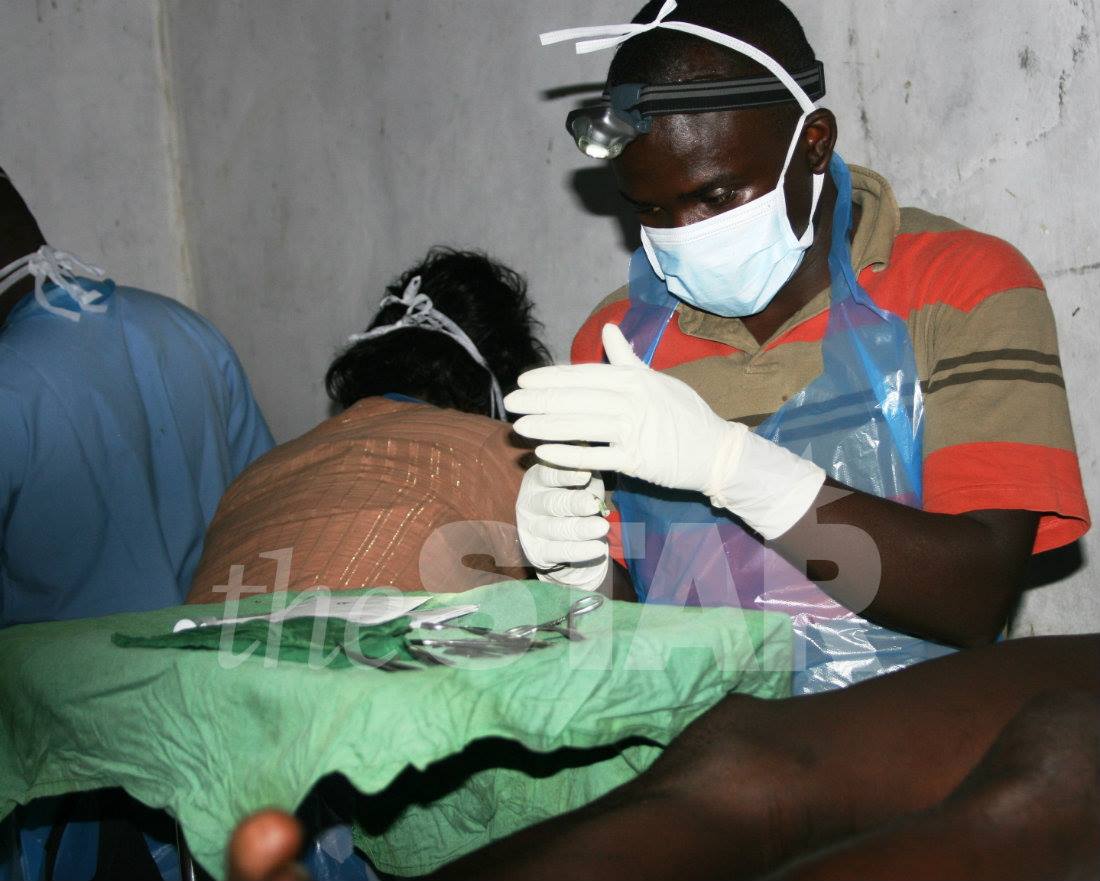 The researchers strongly recommended continuation of male circumcision as a tool in HIV prevention.
The researchers strongly recommended continuation of male circumcision as a tool in HIV prevention.Between 2008 and 2019, nearly two million Kenyan men and boys were voluntarily circumcised in the world’s largest and probably most successful circumcision campaign to prevent HIV.
The campaign was informed by three trials conducted in 2005 and 2006, showing that circumcised men were about 60 per cent less likely to get HIV through sex with women compared to men who were uncut.
But this evidence came from randomised-controlled trials, which are done in carefully controlled settings with selected participants. Real life can be messy and more unpredictable.
No one had gone back to see how circumcision campaigns across Africa helped cut HIV infections in the real-life settings. Until now.
Two Kenyan scientists, collaborating with seven from other countries, have now studied data from 29 African countries, producing major evidence of the effect of male circumcision ain the real world.
They examined data from about 279,000 men and found that circumcision led to a 19 per cent lower risk of HIV infection for men at the population level.
This 19 per cent reduction, though significant, is notably lower than the approximately 60 per cent reduction observed in controlled clinical trials.
The researchers said the finding was confirmed in four different sensitivity analyses, which resulted in similar outcome.
“Male circumcision was associated with a cumulative one-fifth (about 20 per cent) risk reduction in HIV infection among males aged 15 years or older,” they said in their analysis, which has not yet been published.
The Kenyans involved in the study are Prof Kenneth Ngure of the Jomo Kenyatta University of Agriculture and Technology and Dr Beatrice Wamuti of Harvard University.
They cautioned the finding should not be seen as a definite conclusion because of some missing data on the modality of circumcision (traditional or medical) from Central, Southern and Western Africa. VMMC has a higher risk reduction compared to traditional circumcision.
“Therefore, we cannot make definite conclusion on the association between VMMC programmes and HIV prevalence,” they said in their paper, posted on May 25 on the preprint platform Medrixv.
It is titled, “The real-world association between male circumcision and risk of HIV infection in sub-Saharan Africa: a household fixed-effects analysis of 279,351 men from 29 countries.”
They analysed data from the Demographic and Health Surveys and the Aids Indicator Surveys – all which include self-reported male circumcision and HIV status data – conducted between 2000 and 2020.
Kenyans may note these reports record only little or no reduction of HIV prevalence in the counties where VMMC campaigns were conducted.
The researchers explained: “While there might be a significant association between male circumcision and reduced HIV incidence, this might not (yet) be reflected in HIV prevalence levels, due to the relatively recent scale-up of VMMC programmes and young target population.”
They strongly recommended continuation of male circumcision as a tool in HIV prevention.
“Our findings thus further emphasise the potential of medical male circumcision for reducing the long-term burden of HIV in the world regions where two-thirds of people living with HIV reside,” they said.
One of the major advantages of male circumcision, compared to other HIV prevention interventions, is that its effectiveness does not rely on repeated and consistent behaviours, they explained.
Interestingly, even within the same households, circumcised men had lower HIV rates than their uncircumcised brothers or housemates.
The HIV prevalence was 3.5 per cent among circumcised men and 8.6 per cent among those uncircumcised. This real-world validation of earlier clinical trials offers a clearer picture of how circumcision can be scaled as a public health strategy.
While the 2005-2006 studies focused on short-term efficacy in clinical settings, this research demonstrates long-term impact on a continental scale.
“We confirm that male circumcision should be recognised as an important means to reduce the risk of HIV acquisition, thereby indirectly protecting women and children from HIV infection especially when rolled out as a HIV prevention option in combination with other interventions,” the researchers noted.
The study was led by Caroline Bulstra of Harvard University. The other researchers come from Heidelberg University, the University of Washington, Harvard, Erasmus University Medical Center Rotterdam, Indiana University, Stanford University, Fred Hutchinson Cancer Research Center, and the Africa Health Research Institute.
The 2005-2006 randomised controlled trials (RCTs), which showed the 60 per cent reduction in HIV risk, were conducted in Uganda, Kenya, and South Africa.









